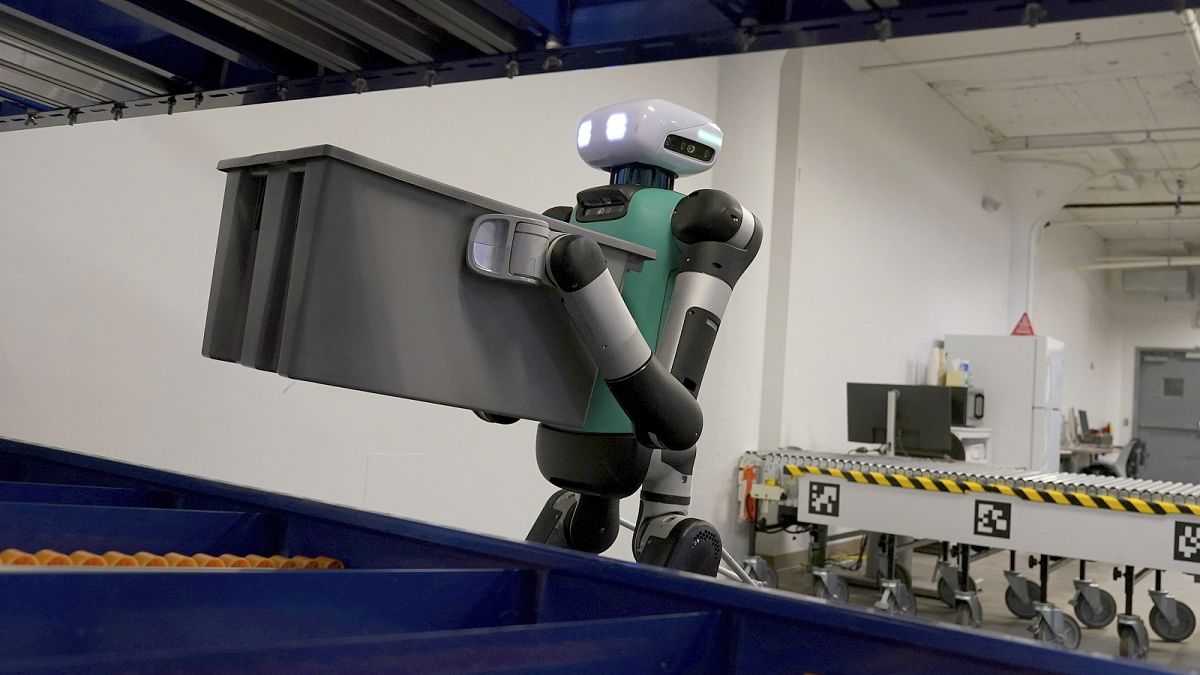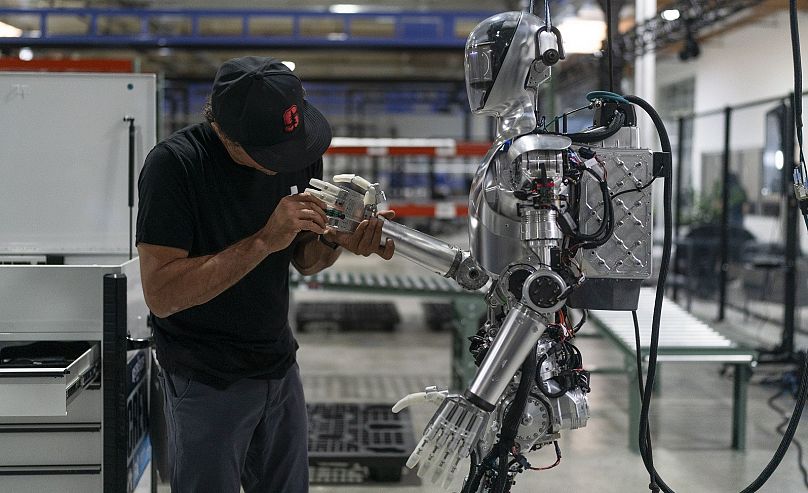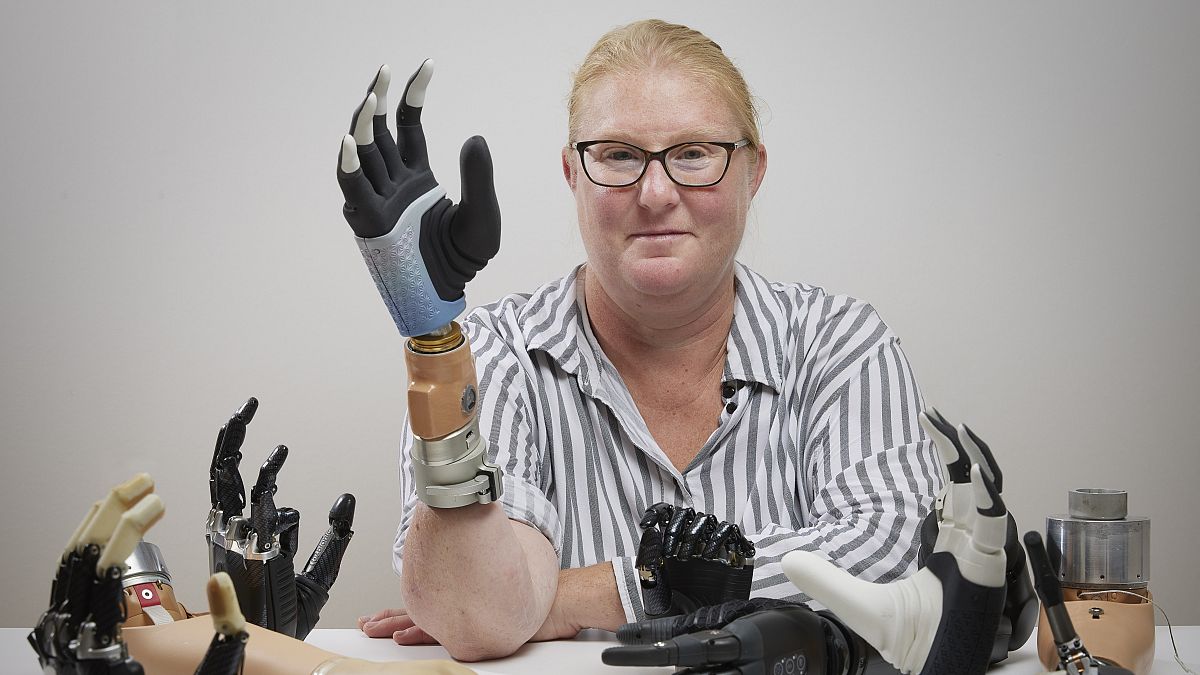Humanoid Robots Are Already Here: Will They Replace Us?

When Machines Step In: Tackling Labor Shortages in a Low‑Birth Society
Rising Concerns About a Dwindling Workforce
In many developed regions, the number of infants being born each year is falling at an unprecedented pace. This demographic shift is putting increasing pressure on economies to fill numerous job vacancies—especially in sectors that traditionally thrive on human presence, such as caregiving, hospitality, and certain retail roles.
The Rise of Human‑Like Robots
Faced with a shrinking labor pool, innovators are turning to the next generation of robots—designed to mimic human appearance and behavior—to bridge the workforce gap. These humanoid machines can interact comfortably with people, perform tasks that require soft skills, and operate in environments that are often uncomfortable or dangerous for human workers.
Key Sectors That May Welcome Robotic Assistants
- Sensory Services: Childcare centers and elderly care facilities could use robots to provide constant supervision and companionship.
- Hospitality: From serving meals to greeting guests, automated staff could streamline guest experiences.
- Retail: Self‑service kiosks and stock‑management bots could keep shelves stocked and help customers find what they need.
- Public Safety: Security robots could patrol premises while freeing up human law‑enforcement personnel for more complex duties.
Debating the Necessity of Robots in the Workforce
While the prospect of replacing human workers with humanoid robots is intriguing, several important questions arise:
- Can these machines truly replicate the empathy and nuanced judgment that human workers bring?
- What ethical frameworks are needed to govern their deployment in sensitive settings?
- Will the increased reliance on automation lead to an inevitable reduction in human job opportunities?
Conclusion: A Balanced Approach Is Crucial
Humanoid robots offer a promising tool to address labor shortages in an era of declining birth rates. However, their integration must be carefully managed, ensuring that the benefits of technological advancement do not come at the expense of human dignity and employment opportunities. Policymakers, businesses, and communities will need to collaborate to determine where these machines serve humanity best—and where human touch remains irreplaceable.
Beyond Imagination: The Ongoing Quest for Human‑Like Machines
For decades engineers have chased the dream of creating robots that look and act like people. The recent surge in artificial‑intelligence investments has reignited this ambition, yet most of the robots in existence are still awkward and limited, excelling more on stage than in everyday life.
Human‑Centric Versus Humanoid
Jonathan Hurst, co‑founder and chief robot officer at Agility Robotics, clarifies that the company’s goal isn’t to merely mimic human appearance. Instead, the focus is on functionality: “We aim to build machines that thrive in the spaces humans occupy.”
Take Agility’s Digit, a warehouse robot marketed as human‑centric rather than humanoid. Its primary role is to grab tote bins and transport them across a storage facility.
Digit’s Design
- Head: Sensors, cameras, and stylized eyes that provide navigation and interaction.
- Torso: Carries the propulsion system and essential electronics.
- Limbs: Two arms for grasping; two legs that resemble bird‑like, digitigrade structures, marching on toes rather than flat feet.
Production and Deployment Milestones
In October, Amazon announced plans to test Digit robots in its warehouses. Agility opened a fully‑automated Oregon facility in September to assemble the robots at scale.
Related Innovations
Pibot: The Humanoid Pilot
Emerging from another startup, Pibot is a humanoid robot that claims to safely fly aircraft more reliably than human pilots.
NASA’s Valkyrie
NASA’s first humanoid robot, Valkyrie, is currently undergoing trials at offshore energy sites in Australia, pushing the envelope of space‑borne robotic operations.
Humanoids that can navigate human environments
Figure AI’s Bold Vision for Humanoid Robotics
Company Snapshot
- Founded: Just over a year ago
- Capital Raised: Tens of millions of dollars
- Focus: Developing humanoid robots for everyday work
Targeting the Workforce Gap
In a world where birth rates are falling, people are vanishing from roles that demand physical labor. Figure AI sees this as a huge opportunity to step in, offering machines that can take over tasks humans are unwilling or unable to perform.
Strategy: Build a Walk‑In‑the-Warehouse Robot
Rather than launching a complex super‑robot from day one, the team plans to start small. A retail warehouse setup will test the robot’s ability to navigate aisles, pick items, and move pallet loads. From there, the vision is to iterate on the design—much like the smartphone industry—making each new model a ‘next‑generation’ tool.
CEO’s Bold Forecast
“There’s a massive market,” declared Brett Adcock, the CEO. “If we can get humanoids to do the jobs humans don’t want to do because of labor shortages, we could sell millions of units—maybe even billions.”
Prototype Status
While the company recently showcased a brief 38‑second clip of a robot named Figure moving through its test zone in Sunnyvale, California, the machine is still not ready for commercial deployment. Adcock’s team is focused on refining the design and proving the concept before pushing to market.
What Comes Next?
- Complete and validate the prototype for warehouse operations
- Expand the robotics lineup to suit diverse work settings
- Secure partnerships with retail and logistics firms
Figure AI remains poised to blur the line between people and machines, positioning itself at the forefront of an emerging humanoid revolution.

Humanoid Robotics: A Quick Overview of the Latest Developments
In a recent visit to Figure AI’s facility in Sunnyvale, California, engineer Oel Carrasco was seen working on the Prototype 01—one of the company’s leading humanoid projects.
Key Players in the Robo‑Human Market
- Tesla – Elon Musk’s automotive firm is actively advancing a humanoid called Optimus, announced at its robotics division. A live demo displayed earlier this year revealed some noticeable coordination issues that caught the eye of robotics experts.
- Apptronik – Based out of Austin, Texas, this company introduced its own humanoid, Apollo, in an August video that highlighted smoother motion.
- Boston Dynamics – The famed manufacturer of the Spot robot dog, now under Hyundai’s umbrella, has historically pushed the boundaries of human‑like machines, constantly learning from each iteration.
The Learning Curve Behind Humanoids
Marc Raibert, Boston Dynamics co‑founder, illustrates that progress rarely follows a straight line. He explains that earlier experiments aimed at enabling robots to manipulate boxes paved the way for innovative, non‑humanoid designs that can operate in confined spaces—think inside trucks. Such advances prove that the venture into humanoid robotics can also yield practical, efficient machines for industry.
What This Means for Tech Innovators
For those invested in legged robotics, the focus extends beyond aesthetics. Understanding user interaction, refining mobility, enhancing dexterity, sharpening perception, and driving intelligence are all key outcomes from ongoing research.
‘Hardest problem is understanding the world’
Sanctuary AI’s New Bipedal Robot Aims for Everyday Tasks, Not Just Walking
Geordie Rose, co‑founder and CEO of Sanctuary AI, made a provocative observation: walking is “not the toughest challenge in building humanoid robots.” He believes the real hurdle lies in a robot’s ability to understand and manipulate the physical world.
From Dexterity to Daily Operations
Rather than concentrating first on the robot’s gait, the company has directed its research toward the fine motor skills of fingers. This focus is reflected in the design of Phoenix, the company’s inaugural bipedal automaton.
Phoenix is already demonstrating capabilities that are valuable in commercial settings:
- Stocking shelves in retail environments
- Assisting with unloading delivery trucks
- Processing transactions at checkout counters
Long‑Term Vision: Intelligent Interaction
Rose envisions a future where robots can perceive the surroundings and reason about subtleties in a manner analogous to human cognition. He describes this aspiration as a form of artificial general intelligence—specifically, a system that can:
- Comprehend spoken language
- Translate comprehension into appropriate actions
- Adapt to a broad spectrum of job roles across the economy
Designing for Empathy and Functionality
Similar to other humanoid prototypes, Phoenix is engineered to evoke a friendly presence, thereby enhancing its interactions with real people—a key requirement for its intended duties.
According to Rose, “Our mission is to deliver labor solutions that serve everyone, not just a niche group. The robots must think like people to truly thrive in diverse roles.”
Embracing robots rather than fearing them
Digit: Amazon’s New Warehouse Companion
Why Amazon’s interest in Agility’s robot is a game‑changer
The Digit robot, developed by Agility Robotics, has captured Amazon’s curiosity because it can walk and maneuver in a manner that complements the giant’s existing fleet of stationary, vehicle‑like robots that ferry bulky carts across its massive warehouses.
Key points from Amazon’s leaders
- “The mobility aspect is more interesting than the actual form,” said Tye Brady, Amazon’s chief technologist for robotics, after the robot was showcased at a media event in Seattle.
- Digit is currently undergoing tests to assist with the repetitive task of picking up and moving empty totes.
- Amazon is conscious that merely having such a robotic presence could spark fears of job loss, a narrative the company seeks to avoid.
What Agility’s CEO sees on the horizon
Damion Shelton, co‑founder and CEO of Agility Robotics, emphasized that the warehouse robot is just the beginning. “You’ll see these robots everywhere in ten or twenty years,” he said. “In the future, human‑centric machines like Digit will become a normal part of our daily lives.”
Future outlook and broader Impact
While Digit is currently focused on manual logistics, its design and ease of movement open possibilities for roles ranging from monitoring, basic maintenance, to safety patrols. The approach signals a shift toward robots that can adapt naturally to human environments rather than remain confined to rigid pathways.





